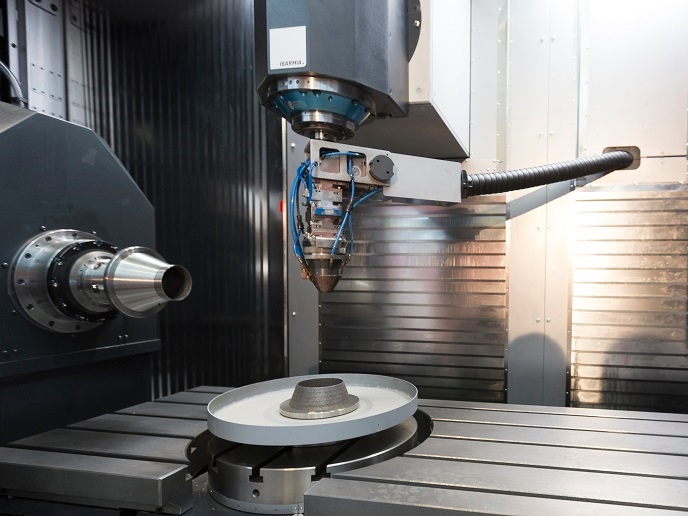Egyptian glass after Rome
Egypt is one of the earliest centres of glass production, and it was important during Roman occupation. Yet, little is known about Egypt's place in the broader glass economy during the 500-year span of the late Roman times and the early Islamic period. The EU-funded GLASS (Glass in Late Antiquity: Science and Society) project aimed to fill the gaps in knowledge about this period. The main objective was to understand developments in glass production inside Egypt, and their relation to production elsewhere in the Mediterranean. Research involved a combination of methods, including new kinds of chemical analysis of glass fragments. The two-year project concluded in late 2014. Work during the first year involved researchers receiving the necessary training, then obtaining a combination of archaeological and museum samples. Over 2 500 fragments were typologically studied, a subset being subjected to chemical analysis and forming the basis for comparison with other Mediterranean sites. An opportunity arose to expand the project from its originally proposed scope; thus, the undertaking included additional Egyptian sites and periods. The second year involved processing the additional data. Researchers mapped the patterns and distributions of glass types across Egypt. While common Roman types of glass also occur in Egypt, there they had a distinctive nature suggesting a regionalised economy. After the Roman period, Egypt remained a major producer and exporter. Nearly all European glass from the time is Egyptian in origin. The diversity particularly increased after Roman times, suggesting that Egypt may have been more involved in trade with the Western and Northern European regions than previously assumed. The GLASS project yielded the most substantial data set for the study period available to date. Such information also helped answer key questions about Egypt's role in the Roman and post-Roman regional glass economy.







